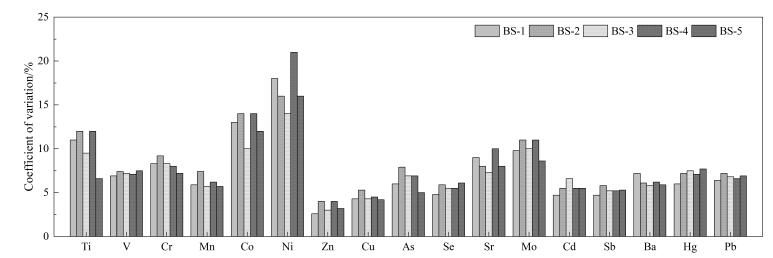[Quality control strategy for targeted quantitative analysis of chemical pollutants in China National Human Biomonitoring Program].
Abstract
The China National Human Biomonitoring Program (CNHBP) was launched in 2016. The program aims to obtain representative exposure data of environmental pollutants in the general population by carrying out field epidemiological surveys of Chinese population and monitoring of environmental pollutants in human biological tissues. This work will provide a scientific basis for the government to formulate environmental pollution prevention and control policies. One of the objectives of human biomonitoring is to provide accurate and comparable data of chemical pollutants in human biological samples. Multi-dimensional quality control measures are implemented for the targeted quantitative analysis of chemical pollutants from the analysis method, experimental blank and analysis processes. The quality control procedures are divided into two stages: (1) focusing on the verification of biomonitoring analysis method, blank screening and control in the pre-detection stage; (2) the quality control of the large-scale sample analysis process in the detection stage. Analysis methods used in CNHBP need to be validated to evaluate the performance and practicability, with emphasis on method detection limit (MDL) and method quantification limit (MQL), matrix effects, stability, and residue and dilution. Blank screening procedures are required for all monitoring indicators to identify, eliminate or reduce blank interference, and the blank value of each batch should be less than the MDL. The laboratory adopts a combination of internal and external quality control measures, the measures mainly include: (1) method validation and detection process of the 10 types of monitoring indicators all used biological matrix reference materials produced by the National Institute of Standards and Technology (NIST), European Reference Materials (ERM) and China Center for Reference Materials, to ensure the accuracy and traceability of the methods; (2) commercial quality control samples and internal quality control samples were used to evaluate the stability of the testing process for the 15 types of monitoring indicators; (3) a total of 60 monitoring indicators of the nine categories participated in the German external quality assessment scheme for analyses in biological materials (G-EQUAS) and achieved satisfactory results; (4) 15 types of monitoring indicators were tested with blind samples. Overall, multi-dimensional quality control measures provide professional support for generating high-quality biomonitoring data.


 求助内容:
求助内容: 应助结果提醒方式:
应助结果提醒方式:


